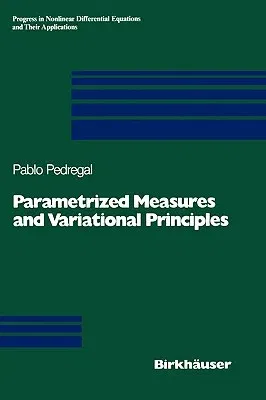Pablo Pedregal
(Author)Parametrized Measures and Variational Principles (1997)Hardcover - 1997, 1 March 1997

Qty
1
Turbo
Ships in 2 - 3 days
In Stock
Free Delivery
Cash on Delivery
15 Days
Free Returns
Secure Checkout

Part of Series
Progress in Nonlinear Differential Equations and Their Appli
Part of Series
Progress in Nonlinear Differential Equations and Their Applications
Part of Series
Advances in Pharmacological Sciences
Print Length
212 pages
Language
English
Publisher
Birkhauser
Date Published
1 Mar 1997
ISBN-10
3764356979
ISBN-13
9783764356972
Description
Product Details
Author:
Book Edition:
1997
Book Format:
Hardcover
Country of Origin:
US
Date Published:
1 March 1997
Dimensions:
23.39 x
15.6 x
1.42 cm
ISBN-10:
3764356979
ISBN-13:
9783764356972
Language:
English
Location:
Basel
Pages:
212
Publisher:
Series:
Weight:
498.95 gm